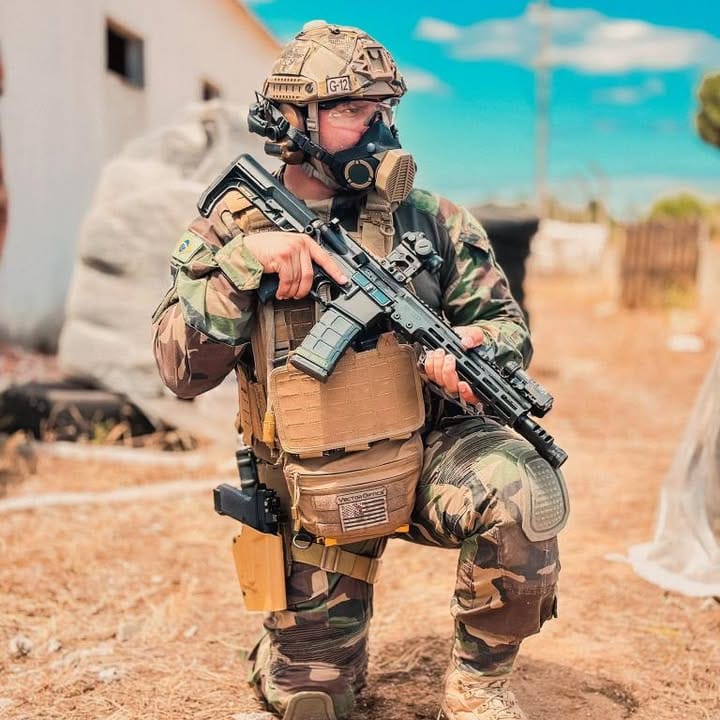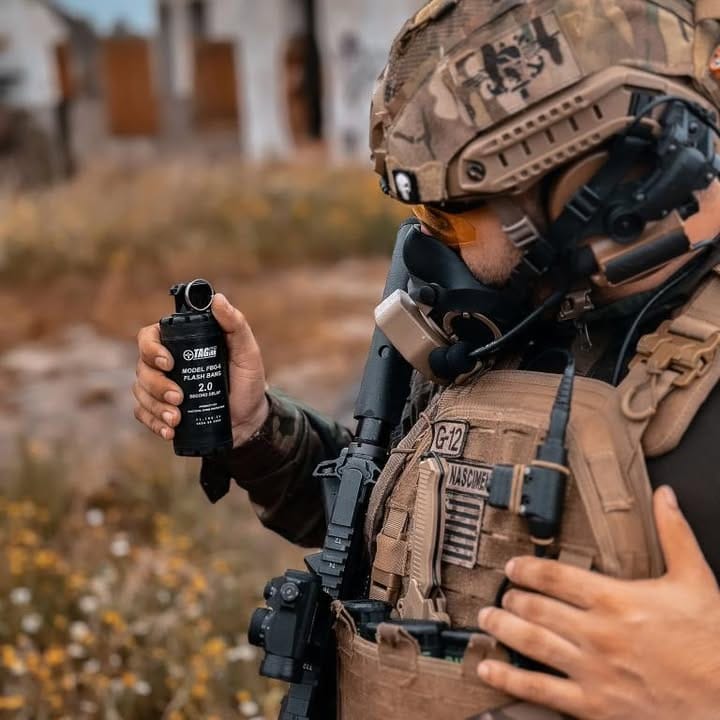The Story of a Soldier: How Body Armor Saved a Life
In 2019, during a routine patrol in a conflict zone, Sergeant Ryan and his unit came under heavy enemy fire. A sniper’s round struck him directly in the chest. His heart pounded as he braced for the worst. But instead of a fatal wound, he felt a strong impact and was knocked backward. His Level IIIA body armor had stopped the bullet, saving his life.
Sergeant Ryan’s experience is one of countless examples proving body armor’s life-saving capabilities. However, despite its effectiveness, many still question whether body armor works in actual combat or tactical scenarios. Let’s list the science, types, and best protection options available.

Does Body Armor Work? A Scientific Breakdown
Body armor is designed to absorb and disperse the kinetic energy of a bullet, reducing or preventing penetration. The effectiveness of body armor depends on multiple factors:
Material Composition:
The type of materials used significantly impacts the performance of body armor:
- Soft Armor: Soft armor is lightweight and flexible, typically made from aramid fibers like Kevlar or high-performance polyethylene (UHMWPE). It is designed primarily for stopping handgun rounds and is commonly used by law enforcement officers and security personnel.
- Hard Armor: Constructed from ceramic, steel, or polyethylene plates, hard armor protects against rifle threats. It is bulkier but necessary for military personnel and high-risk tactical operations.
Protection Levels:
The National Institute of Justice (NIJ) sets protection standards for body armor, classifying them into different levels:
- Level I-IIIA: These soft armor levels protect against standard handgun rounds, including 9mm, .40 S&W, and .44 Magnum. They are effective for close-quarters threats but do not stop rifle rounds.
- Level III: Protects against rifle rounds, such as 7.62x51mm NATO (.308 Winchester) and 5.56x45mm M193.
- Level IV: The highest-rated protection, stopping armor-piercing (AP) rounds like .30-06 M2AP and 7.62x63mm AP.
Other influencing factors
- Multi-Hit Capabilities: Some plates are rated for multiple impacts, while others degrade after a single shot.
- Blunt Force Trauma: Even if a bullet doesn’t penetrate, the impact can still cause serious injuries:
- Backface Deformation: The energy transfer from a bullet can create deep bruising, broken ribs, or internal injuries.
- Shock Absorption: Advanced body armor uses trauma pads or hybrid materials to minimize impact force.
- Fragmentation Risks: Steel armor can cause bullet fragmentation, potentially injuring the wearer. Anti-spall coatings help mitigate this issue.
Understanding these factors is crucial for choosing the proper body armor for specific threats and operational needs.

Best Body Armor for Military & Tactical Use
Choosing the proper body armor is critical for military personnel and law enforcement. Here are some of the best options available:
- Level III and IV Plates: Best for combat situations.
- Hybrid Armor: Combines the lightweight benefits of soft armor with the strength of rigid plates.
- Military Tactical Vests: Designed to carry armor plates while offering additional storage for gear.
Best Airsoft Plate Carriers: Do You Need Protection?
Airsoft players often wear plate carriers, but do they need real body armor? The answer depends on the scenario and the desired level of realism.
- For Casual Airsoft Games: Lightweight and breathable plate carriers with foam or plastic inserts provide a realistic look without adding unnecessary weight. These are sufficient for standard gameplay and allow for greater mobility and comfort.
- For Milsim and tactical Training: some players prefer heavier setups to mimic real-world combat conditions. In mil-sim (military simulation) events, participants often wear plate carriers with weighted inserts to enhance the experience and build endurance.
Recommended Plate Carriers: The best airsoft tactical vests balance protection, mobility, and functionality. Look for options with adjustable straps, MOLLE compatibility for gear customization, and durable construction that can withstand rigorous use. Some high-end plate carriers even allow users to swap out dummy plates for training-weight versions to replicate authentic gear handling better.
How to Choose the Right Body Armor for Your Needs
Choosing the proper body armor involves balancing protection, comfort, and practicality based on your intended use. Here are key factors to consider:
- Weight & Comfort: Heavy armor provides superior protection but can significantly limit mobility and endurance. Military personnel and law enforcement often need to balance weight with agility, opting for lightweight polyethylene plates when possible. Civilians and security professionals might prioritize comfort over extreme protection levels.
- Material & Durability: Different materials offer varying trade-offs. Steel plates provide long-term durability and multi-hit capabilities but are heavy and prone to spall (fragments upon impact). Ceramic plates are effective against high-caliber rounds but can crack under repeated impacts. UHMWPE plates (ultra-high-molecular-weight polyethylene) are lightweight and buoyant, ideal for extended wear, but they may not handle armor-piercing rounds or steel or ceramic.
- Maintenance & Lifespan: Proper care extends the lifespan of body armor. Soft armor panels (Kevlar, UHMWPE) degrade over time and should be replaced after 5-7 years or sooner if exposed to moisture or excessive wear. Rigid armor plates require regular inspection for cracks or structural integrity loss. Some ceramic plates can suffer damage from drops, reducing effectiveness. Always follow the manufacturer’s guidelines for storage and care.

Final Thoughts: Is Body Armor Worth It?
The evidence is clear—body armor saves lives. Whether for military, law enforcement, or tactical training, choosing the proper armor is essential for safety and effectiveness. Understanding its strengths and limitations helps users make informed decisions.
While real body armor may not be necessary for airsoft enthusiasts, investing in high-quality plate carriers enhances realism and functionality.
If you are in the market for the best body armor, consider your needs carefully and choose wisely. After all, when it comes to personal safety, the right choice can mean the difference between life and death.
Just like Sergeant Ryan’s experience on the battlefield, the proper body armor can mean the difference between life and death. In high-risk environments, preparation is key, and the appropriate protective gear can ensure survival in dangerous situations. Whether you are a soldier, law enforcement officer, security professional, or airsoft enthusiast, selecting the best body armor tailored to your needs is crucial.
Ultimately, the importance of body armor goes beyond just protection—it provides confidence, security, and peace of mind in unpredictable situations. As threats continue to evolve, advancements in body armor technology will keep improving safety and efficiency, making it an essential asset for those who serve, protect, and train for tactical engagements.